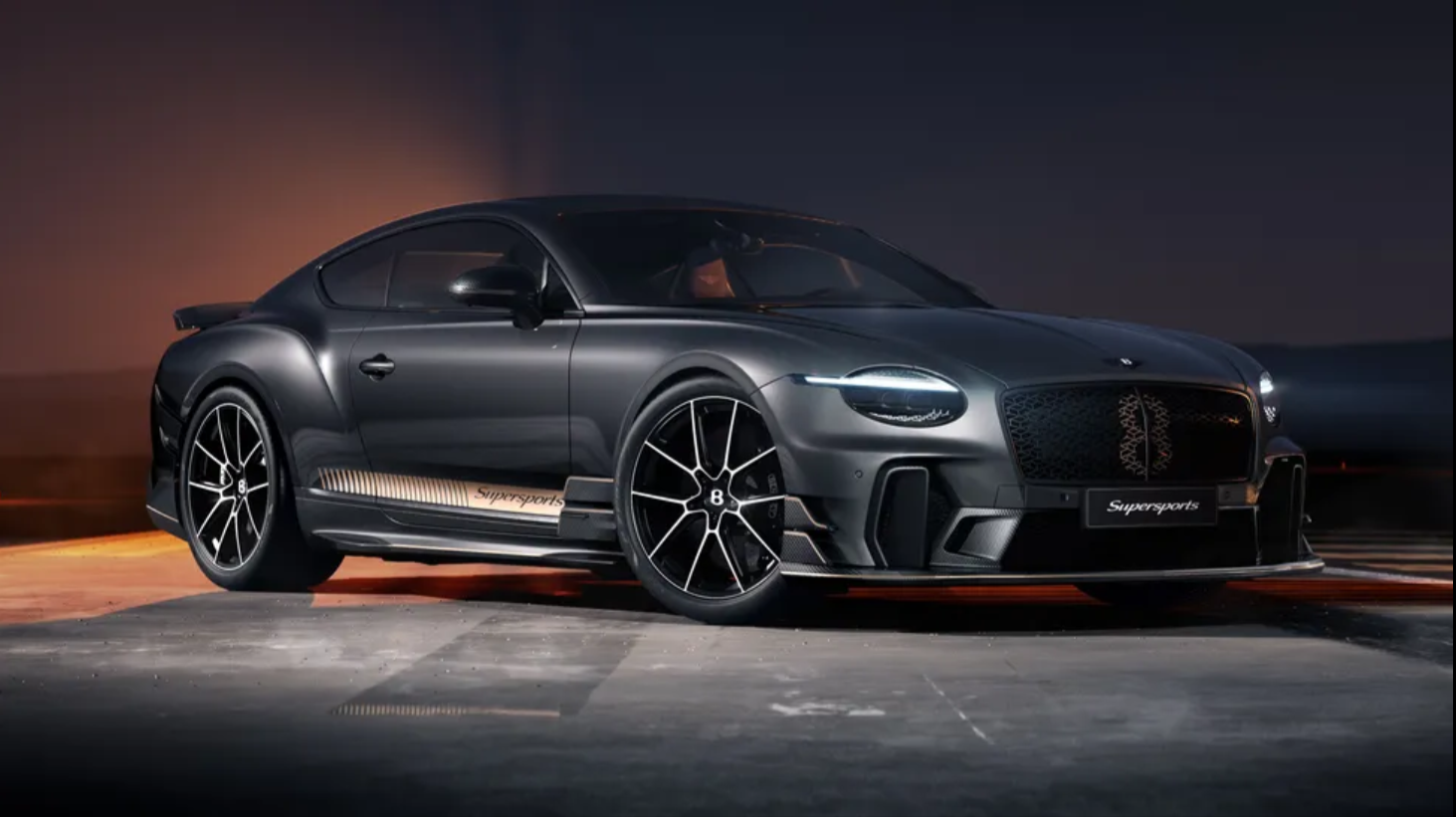Looks good, doesn’t it? Just as well really, because this Renault Scenic Vision Concept - a hydrogen-electric range extender that’s almost entirely recyclable - is here to give you a flavour of what a new, fully electric Scenic will look like when it lands in 2024. Yup, the Scenic’s making a comeback.
Before you get too excited, let’s qualify that: this concept previews the exterior design that we’ll see on the forthcoming electric Scenic, while all the futuristic bits are a nod to the sustainable, zero-carbon future the company is aiming for in the 2030s.
“The show car is the production car almost exactly,” Renault design director Gilles Vidal tells TG. “It will be called the Scenic,” he adds, although the firm is yet to decide if it’ll be ‘Scenic E-Tech’ a la the Megane E-Tech. And it’ll be a five-seater: Renault reckons it has other cars more suited to seating seven.
The design of the thing will be mimicked on Renault’s future electric products, with the exception of the Renault 5 and planned Renault 4 concept, which will be “standalone objects” that won’t “follow the rules like the others”. Intriguing.
“This [front light] signature is half Renault logo,” says Vidal. “And that makes it very recognisable, but also relevant for the brand. And then you can morph it around as much as you want. It will be on the car we’re talking about, and it will be used across the range in different manners and different ways.”
So what about the powertrain? The Scenic Vision Concept uses the same 160kW motor from the Megane, and you can bet your bottom dollar that the production version will do the same given that it’s built on an adapted version of the same CMF-EV platform.
However, this concept only uses the smaller 40kWh battery option, freeing up room for its hydrogen tank and 15kW fuel cell. The end result is about 500 miles of range for every five-minute fill-up.
But why hydrogen? And why a range extender, of all things? Basically, Renault wants to show that it’s thinking about technology that might emerge in the next decade and beyond, even if battery-electric cars are the immediate game plan. Fair enough.
To that end, 70 per cent of the materials used in the concept are recycled, and 95 per cent can be recycled at the end of their life. Including the battery. Those seats are made entirely from polyester, which means they can be chucked in the same bin when the time comes. Minus the belt buckle, of course.
The fuel cell is made from old catalytic converters. The black pigment of the paint is drawn from carbon fibre recycled from the aeronautical industry. All told, Renault reckons the carbon footprint is a quarter of that left by a conventional electric car.
Which is admirable, but as the company freely admits, merely an ambition for now. “The economic equation is not there yet, I won’t lie to you,” says Clea Martinet, Renault’s VP of group sustainability. “But we are setting the foundations so that it might become sustainable in the near future.”
In reality the company is targeting the use of 25 per cent recycled material in the production car by 2024, rising to 33 per cent in five years. Which is progress, but not quite at the rate we’re often told is necessary.
Naturally, much of it is down to money. Martinet explains that the prices of green steel, green aluminium, and the soaring cost of cobalt, nickel and lithium mounds to a production price that’s “15-20 per cent” higher.
But with virtually every manufacturer planning an electric future, demand for these metals is only going to increase. “We need to take care because there are some materials that are becoming more and more scarce. Copper for instance, in 13 years we estimate the earth won’t have any more renewable sources of copper. And that’s the main component of an electric vehicle.
“It doesn’t mean that we shouldn’t go all electric, it means we should go for it but in a really frugal, sustainable way.”
That doesn’t mean you can’t have some fun with the concept though. Suicide doors that open at the touch of a finger; headrest-embedded speakers that create a sound bubble in every seat; that Model S Plaid-baiting steering wheel; full-body cocoon airbags; that CD-esque film interior finish; all the kinds of whimsy we like on a concept car.
How do the creators decide on what features to put in? TG puts the question to the project’s pilot Racha Alj Hakim, who explains that it all starts with Renault’s various departments coming together to share ideas and objectives. Then it’s up to the designers to compete with their ideas, before engineers like her work out what’s actually possible.
The turnaround for this concept was rapid too: normally you’re looking at an 18-month turnaround, the Scenic Vision was conceived in just 10.
Not quite enough time for laser beams then? She laughs: “Honestly, they’re not that crazy off.” Now there’s an optional extra we’d definitely tick.
Source


.jpg)
.jpg)
.jpg)
.jpg)
.jpg)
.jpg)
.jpg)
.jpg)
.jpg)
.jpg)
.jpg)
.jpg)
.jpg)
.jpg)




.jpg)


.jpeg)

.jpeg)
.jpeg)

